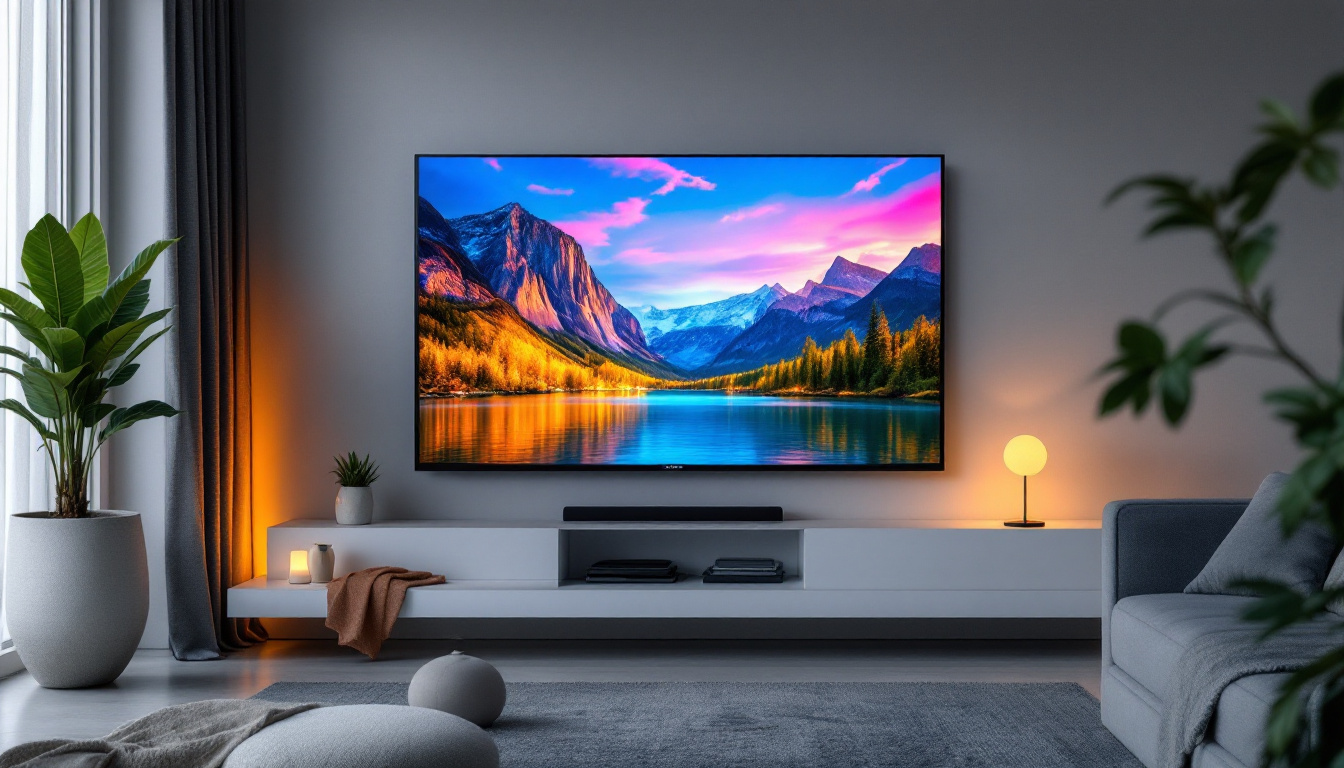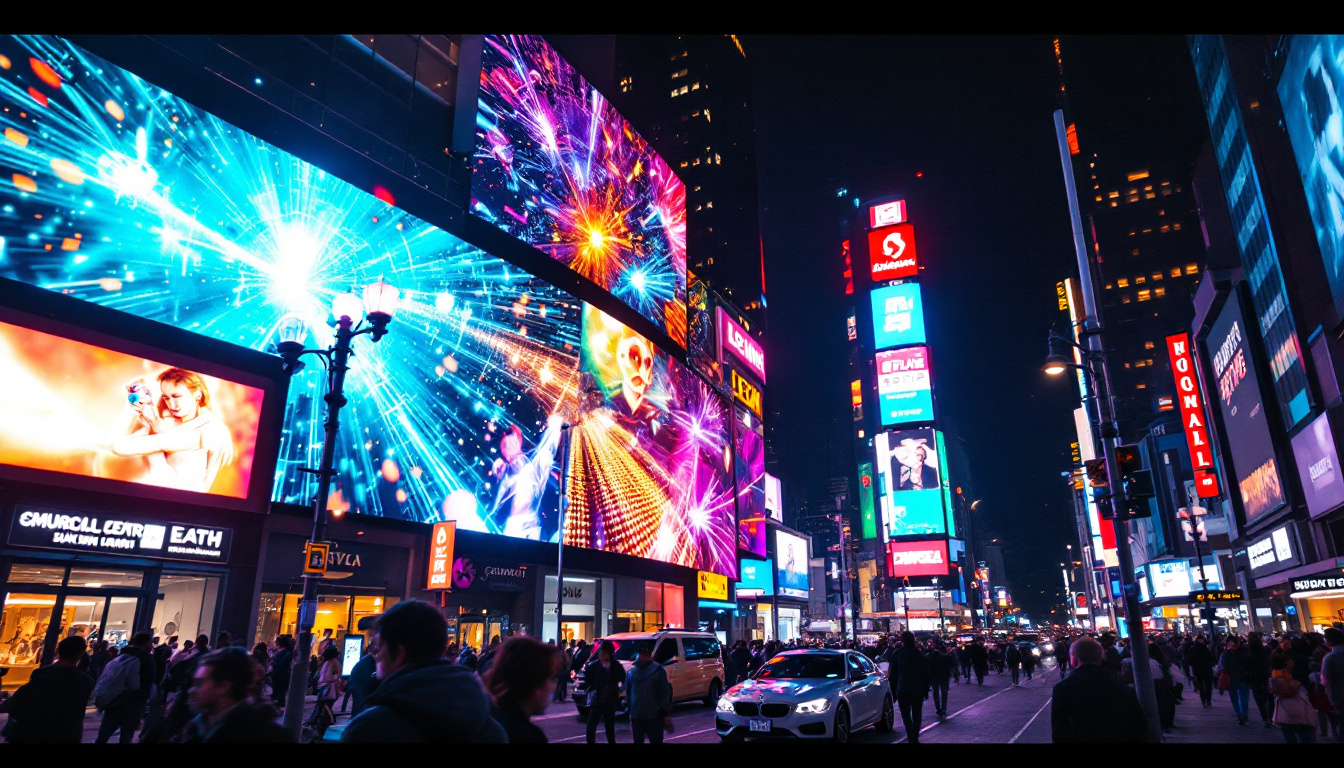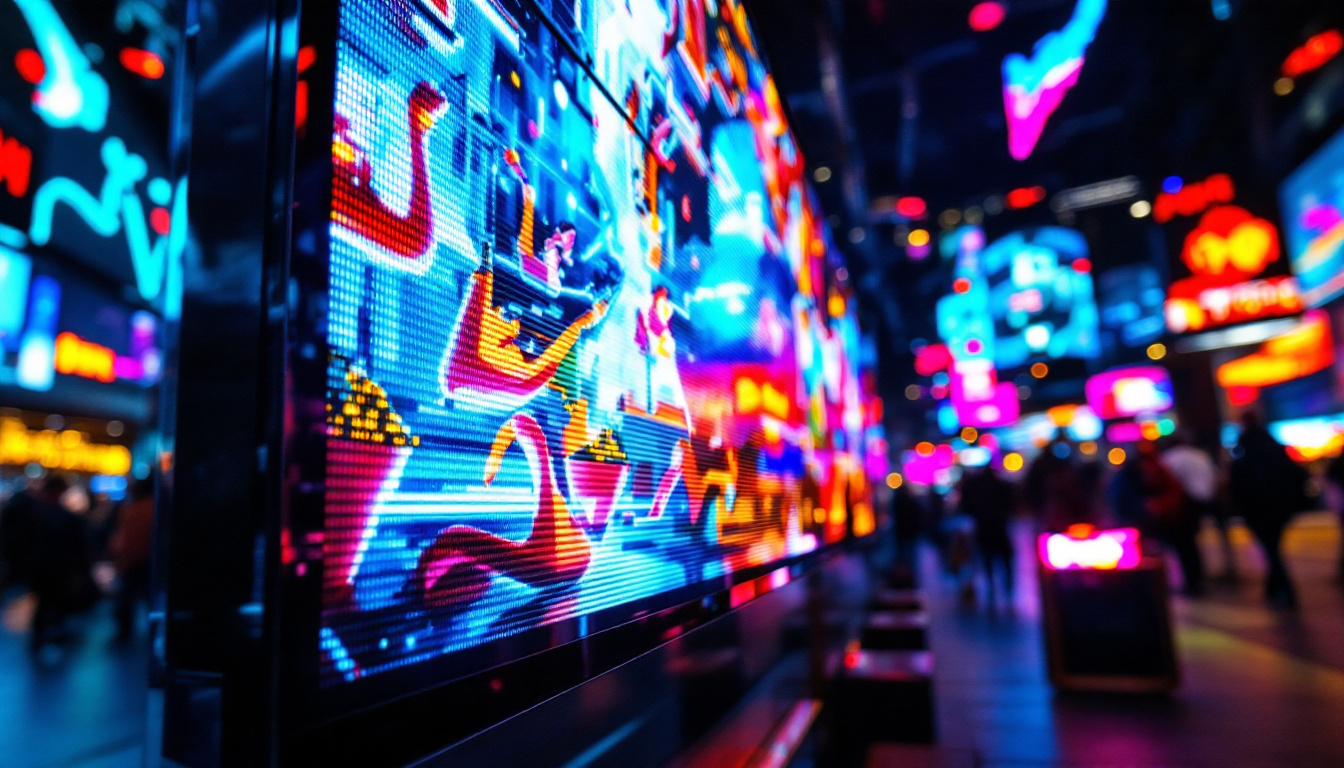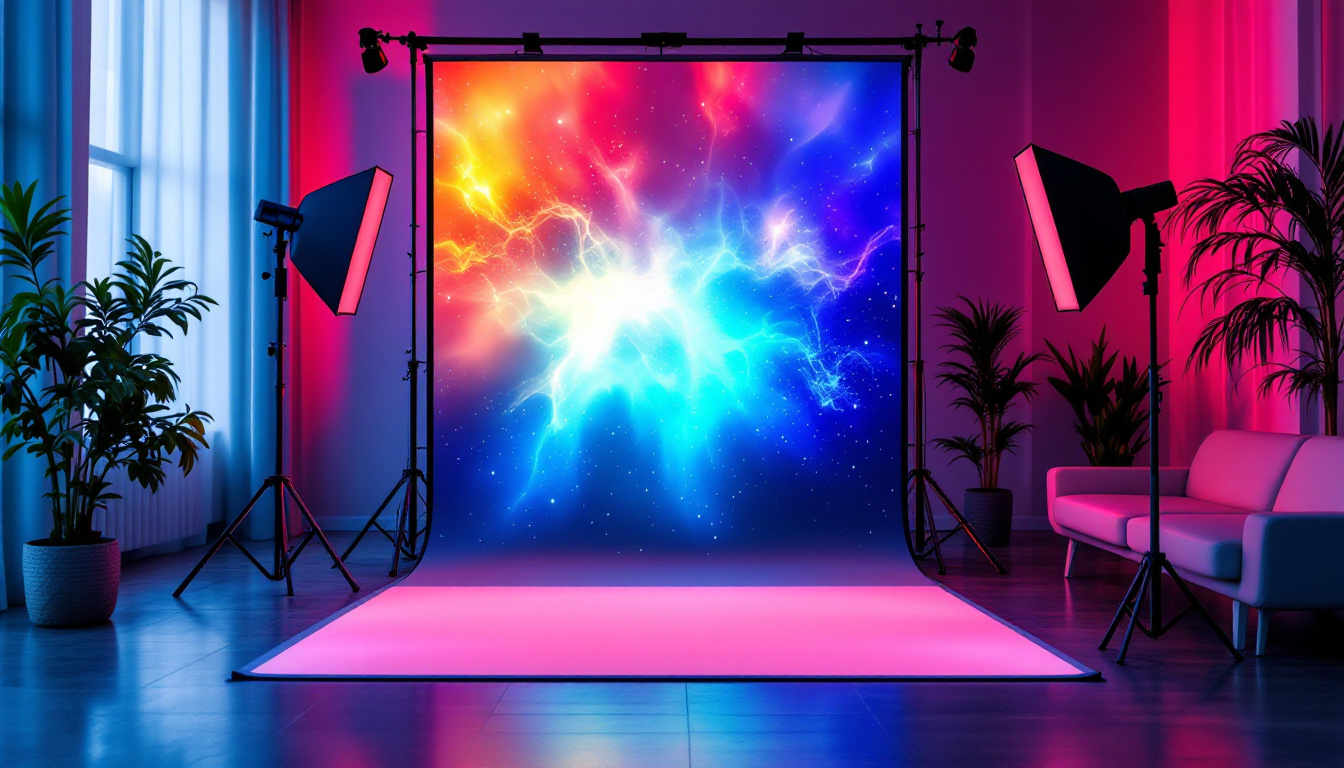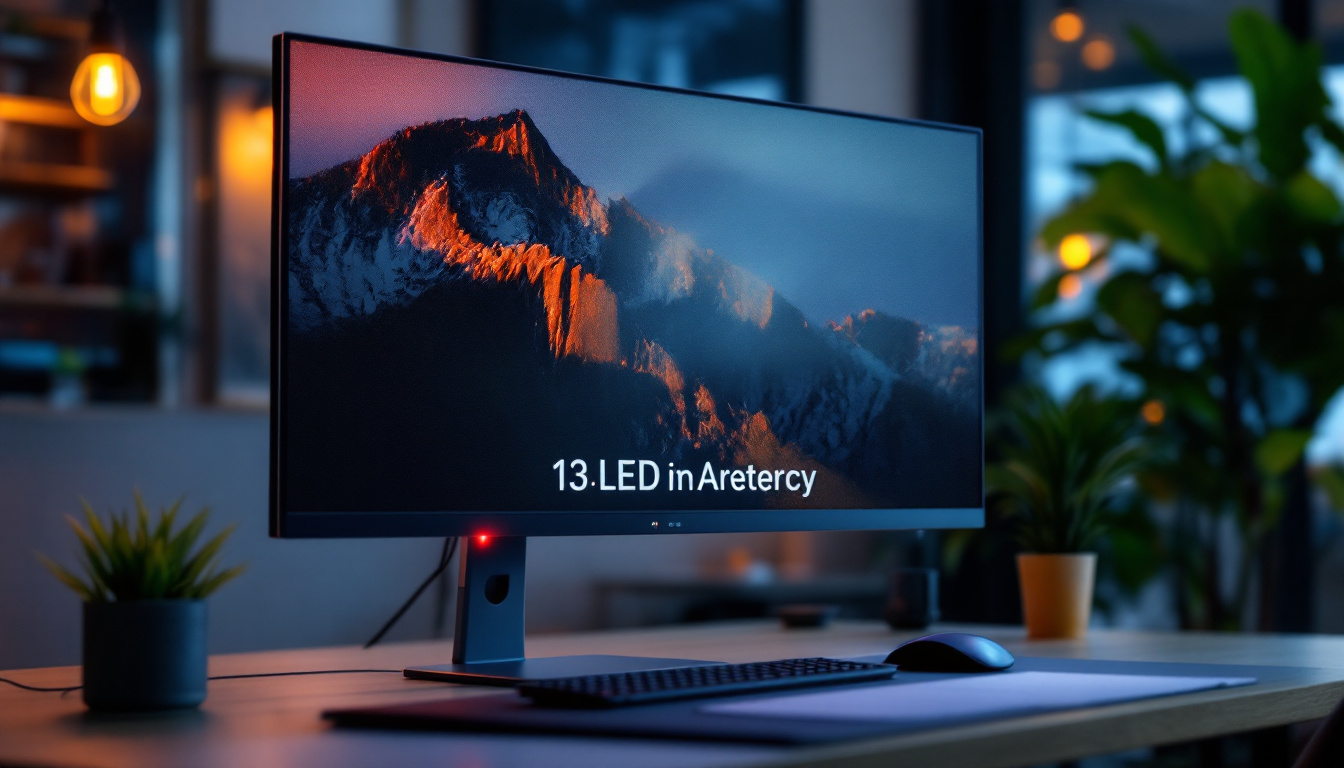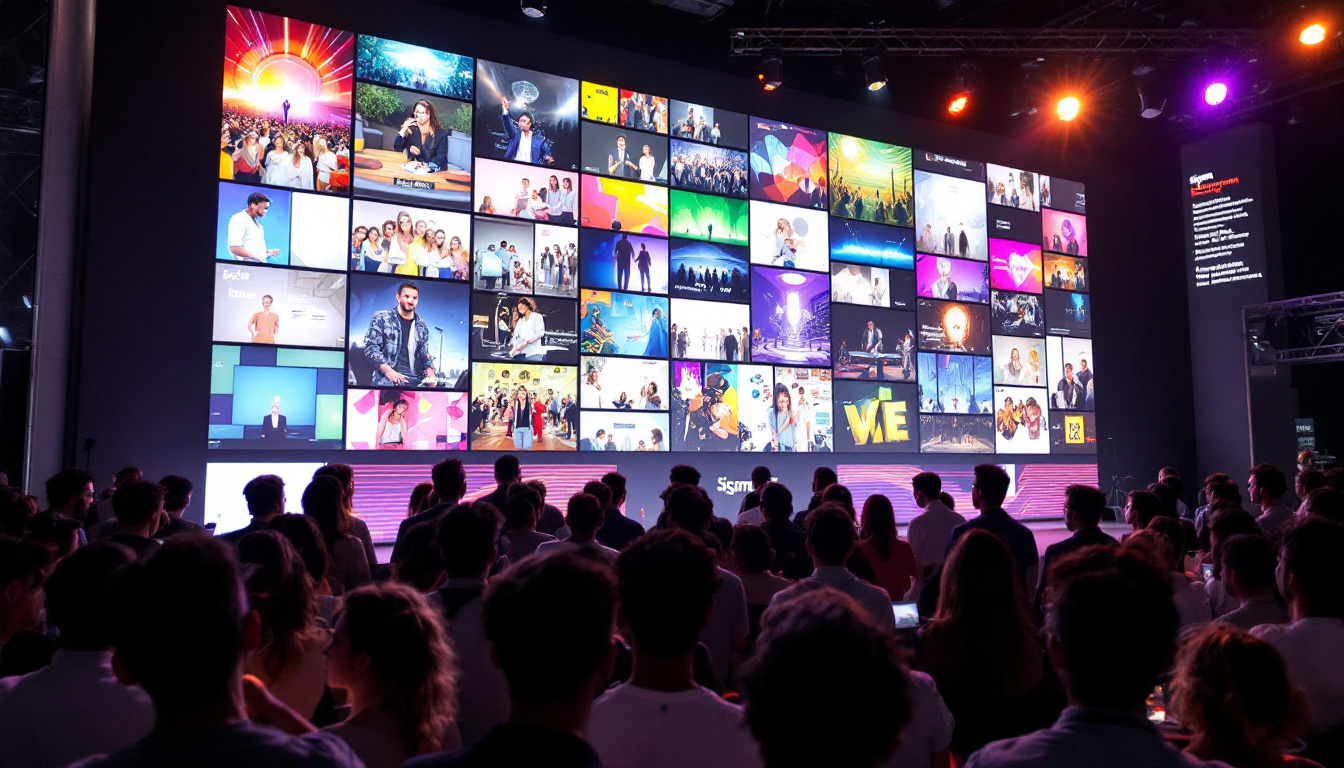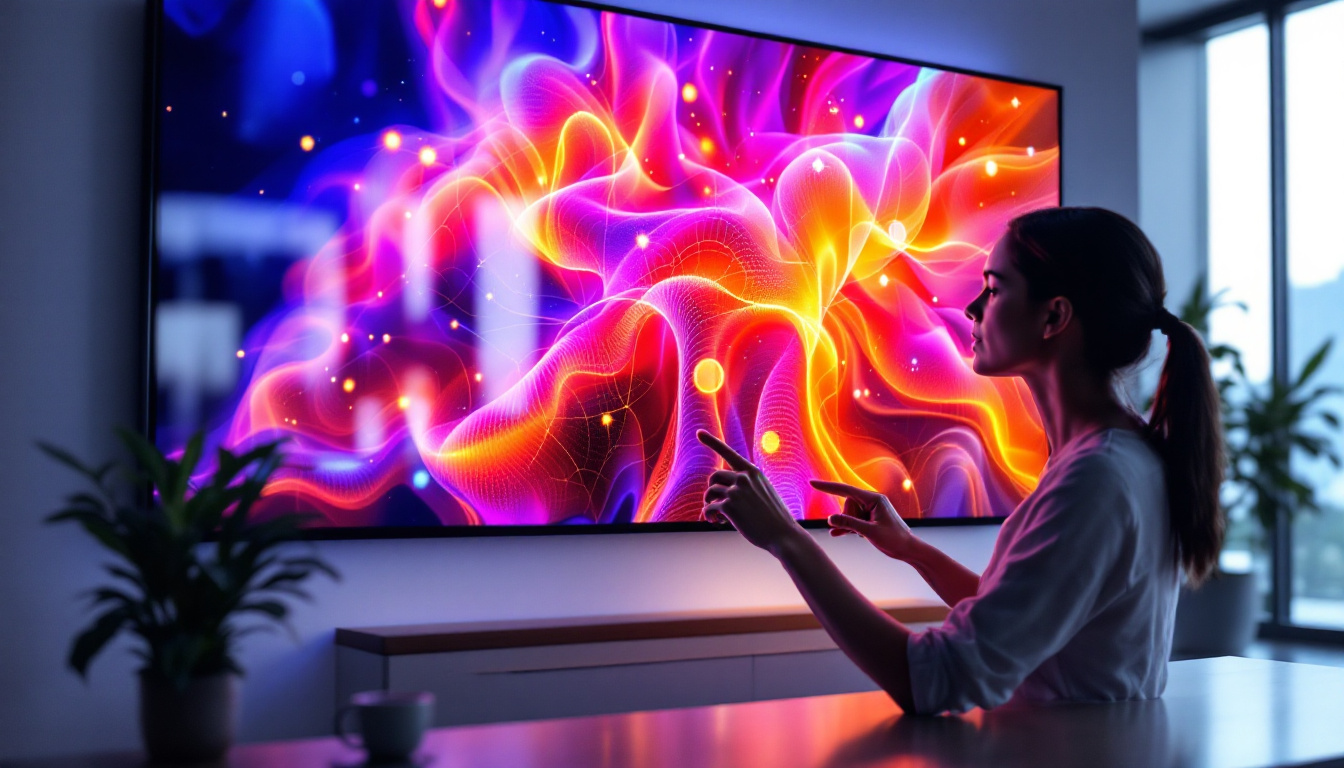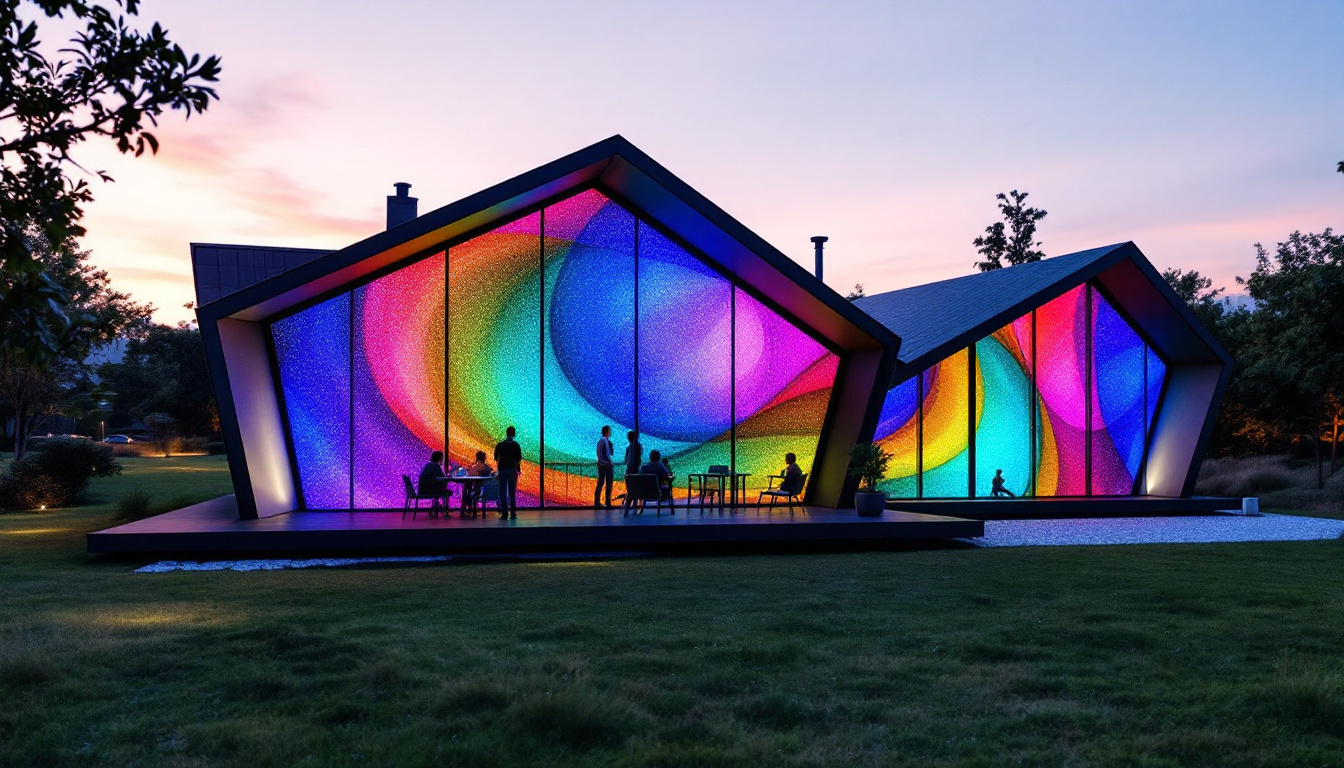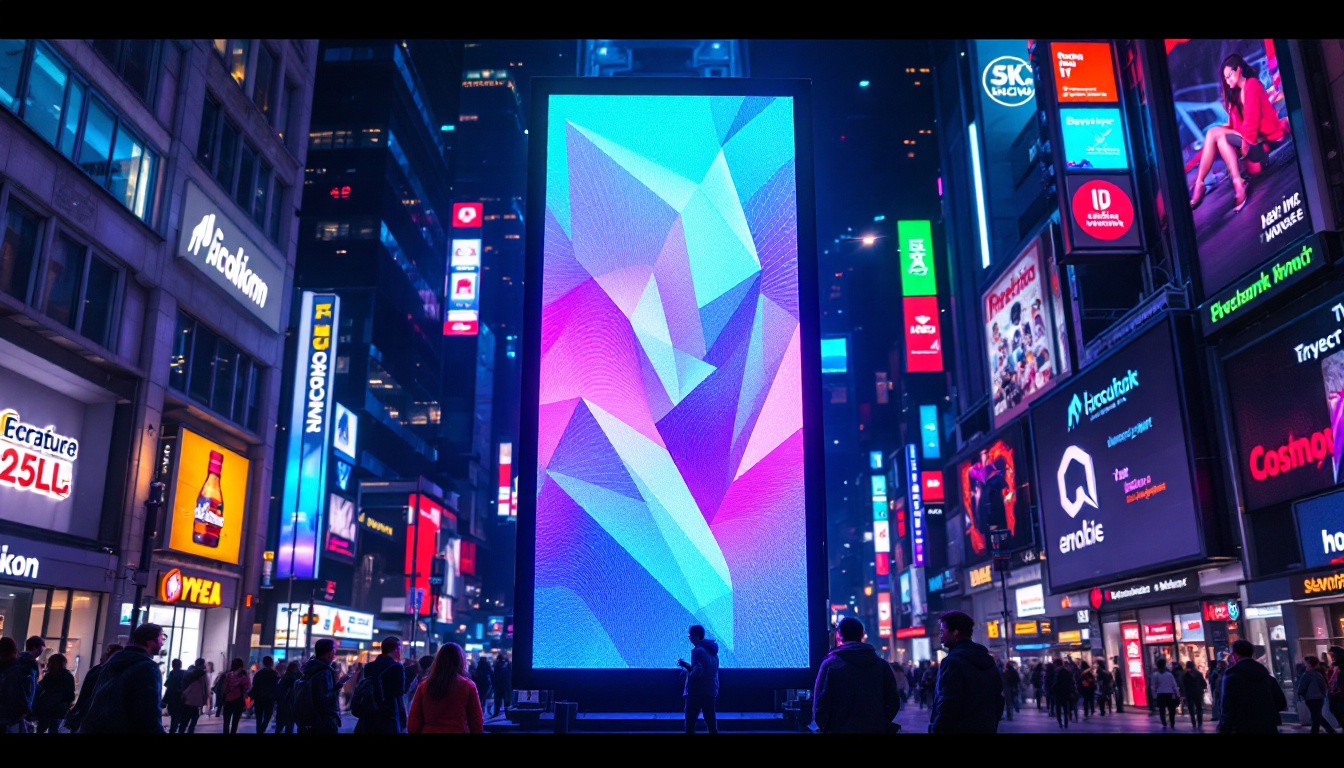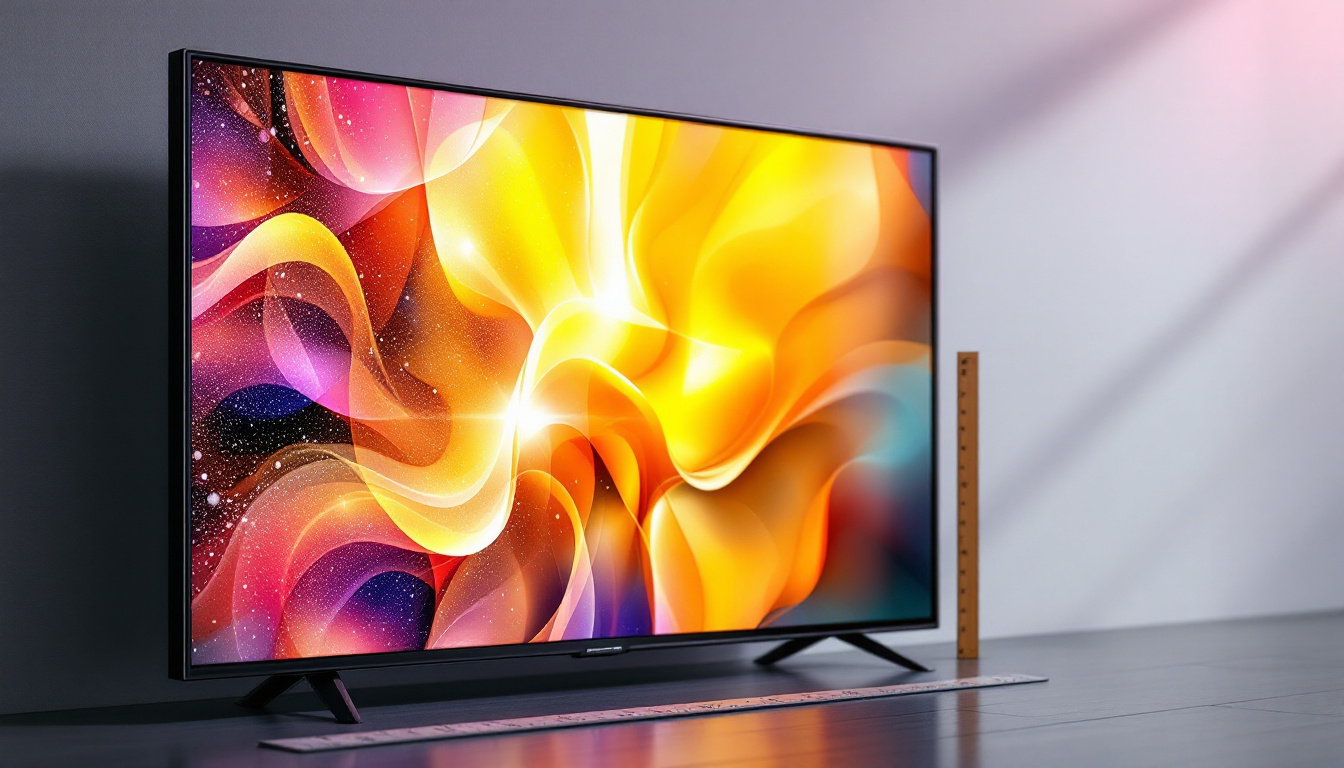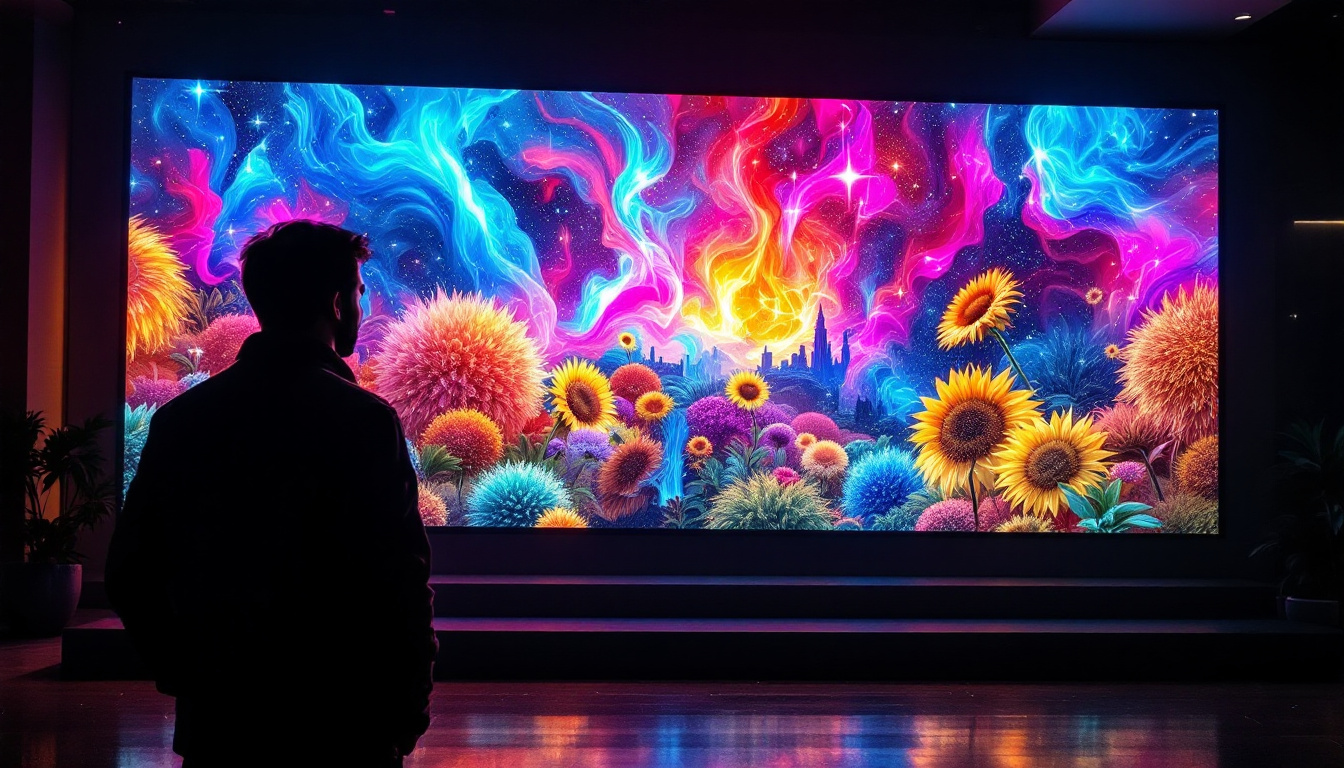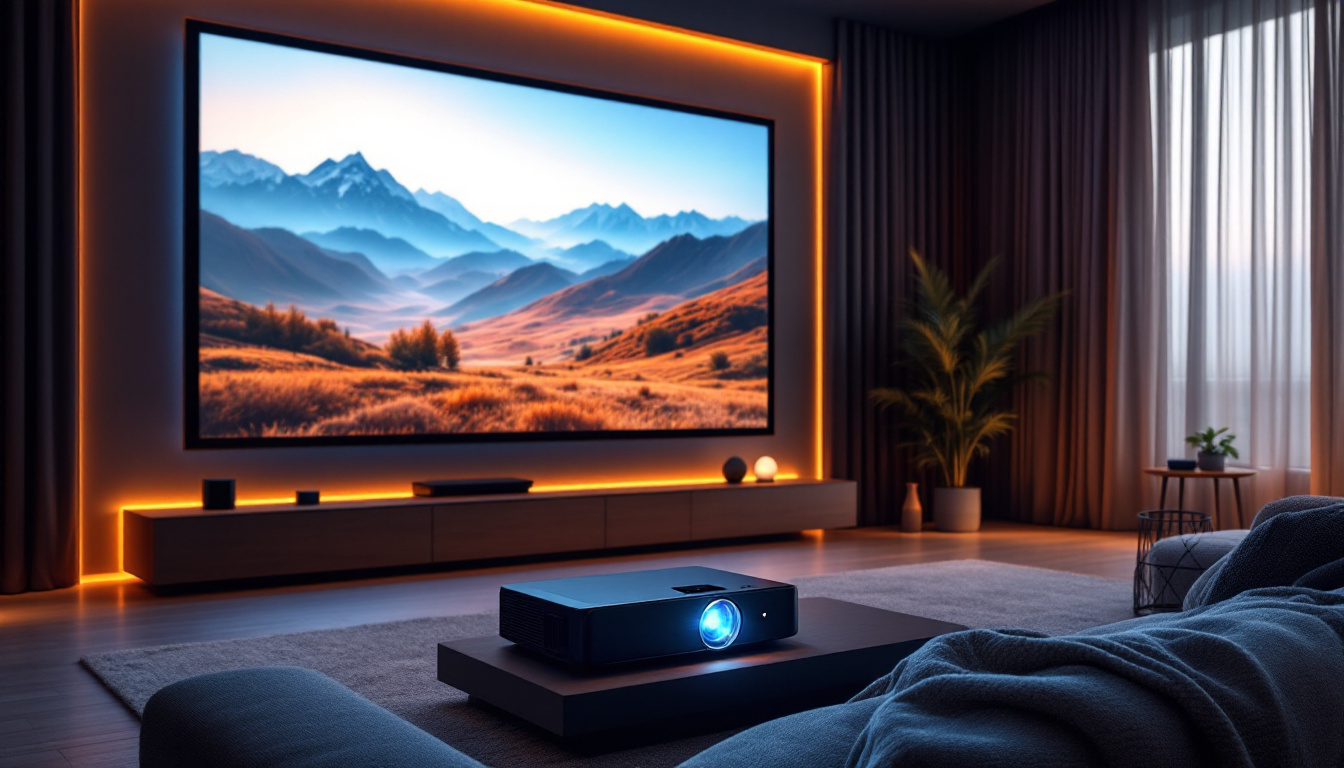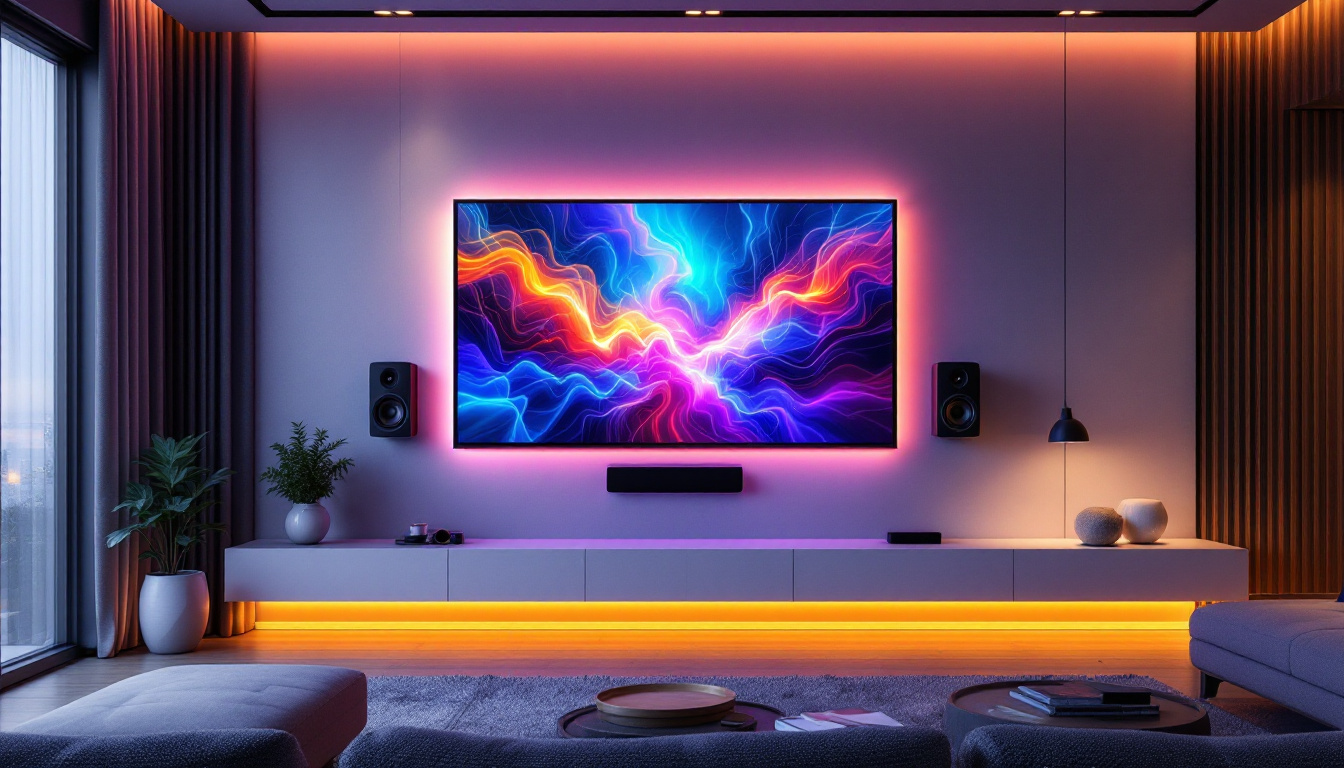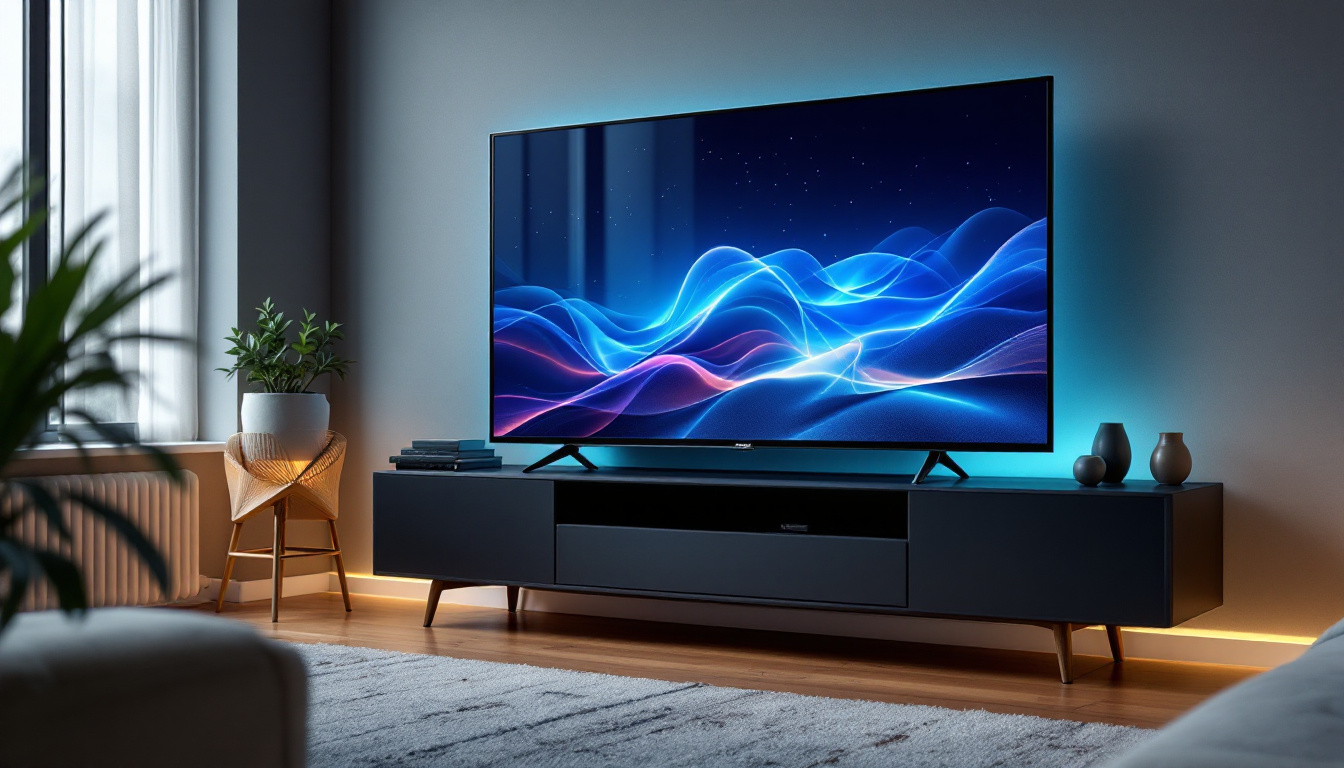In today’s fast-paced digital world, television technology has evolved dramatically. One of the most significant advancements has been the introduction of thin television screens, particularly those utilizing LED (Light Emitting Diode) display technology. This article delves into the intricacies of LED displays, exploring how they work, their advantages, and the various types available in the market.
Understanding LED Display Technology
LED displays have become synonymous with modern televisions, and for good reason. They offer superior picture quality, energy efficiency, and a sleek design that fits seamlessly into contemporary living spaces. But what exactly is an LED display, and how does it differ from traditional display technologies?
What is an LED Display?
An LED display is a type of flat-panel display that uses light-emitting diodes to produce images. Unlike traditional LCD screens, which use fluorescent backlighting, LED displays utilize a matrix of tiny LEDs to create vibrant colors and sharp contrasts. This technology allows for thinner screens and improved energy efficiency.
The basic principle behind LED displays involves the manipulation of light. Each pixel on the screen is made up of red, green, and blue sub-pixels, which combine to produce a full spectrum of colors. When electricity passes through these diodes, they emit light, creating the images viewers see on their screens. This direct emission of light not only enhances color accuracy but also contributes to faster response times, making LED displays particularly appealing for fast-paced content like sports and action movies.
Types of LED Displays
There are several types of LED displays that cater to different preferences and needs. The most common types include:
- Edge-Lit LED: In this configuration, LEDs are placed along the edges of the screen. The light is then directed across the display using a light guide panel. This design allows for a thinner profile but may result in less uniform brightness.
- Direct-Lit LED: Here, LEDs are placed directly behind the screen, providing more uniform brightness and better contrast. This type tends to be thicker than edge-lit models but offers superior picture quality.
- Full-Array LED: This advanced version of direct-lit LED features multiple zones of dimming, allowing for greater control over brightness and contrast. It provides the best overall picture quality and is often found in high-end models.
In addition to these common types, there are also specialized LED displays designed for unique applications. For instance, OLED (Organic Light Emitting Diode) displays, which are often considered a subset of LED technology, utilize organic compounds that emit light when an electric current is applied. This allows for even deeper blacks and a wider viewing angle, making OLED displays highly sought after for home theaters. Moreover, MicroLED technology is emerging as a game-changer in the display market, offering self-emissive pixels similar to OLED but with improved brightness and longevity, thus providing an exciting glimpse into the future of display technology.
Furthermore, the versatility of LED displays extends beyond televisions. They are widely used in commercial settings, such as digital billboards and signage, where their brightness and visibility in various lighting conditions make them ideal. The ability to create large-scale displays by combining multiple panels has revolutionized advertising and public information systems, allowing for dynamic content that can be updated in real-time. This adaptability showcases the extensive reach and potential of LED technology in our daily lives.
Advantages of LED Displays
LED displays offer a myriad of benefits that make them a popular choice among consumers. Their advantages extend beyond just aesthetics; they encompass performance, energy efficiency, and overall viewing experience.
Superior Picture Quality
One of the most compelling reasons to choose an LED display is the exceptional picture quality it provides. With higher brightness levels and improved contrast ratios, LED screens can deliver stunning visuals. The capability to produce deeper blacks and brighter whites enhances the overall viewing experience, making movies, sports, and games more immersive.
Furthermore, LED technology allows for better color accuracy. The ability to display a wider color gamut means that viewers can enjoy more vibrant and lifelike images, which is particularly important for those who appreciate high-definition content.
Energy Efficiency
Another significant advantage of LED displays is their energy efficiency. Compared to traditional LCD or plasma screens, LED televisions consume less power, making them an environmentally friendly option. This efficiency not only reduces electricity bills but also contributes to a lower carbon footprint.
Additionally, many LED models come with energy-saving features, such as automatic brightness adjustment based on ambient light conditions. This not only enhances the viewing experience but also prolongs the lifespan of the display.
Sleek Design and Versatility
The thin profile of LED displays allows for versatile installation options, making them an ideal choice for modern homes. Whether mounted on a wall or placed on a stand, these televisions can fit seamlessly into any room decor. Their lightweight design also facilitates easy transportation and setup.
Moreover, the aesthetic appeal of LED displays cannot be overlooked. With minimal bezels and a sleek finish, they add a touch of sophistication to any living space. This combination of form and function has made LED televisions a staple in contemporary households.
Comparing LED Displays to Other Technologies
While LED displays are immensely popular, it’s essential to compare them with other display technologies to understand their unique advantages and potential drawbacks. The most common alternatives include OLED (Organic Light Emitting Diode) and traditional LCD (Liquid Crystal Display) screens.
LED vs. OLED
OLED technology has garnered attention for its ability to produce perfect blacks and exceptional color accuracy. Unlike LED displays, which rely on backlighting, OLED screens use organic compounds that emit light individually. This results in deeper blacks and a more extensive color range.
However, OLED displays can be more expensive than their LED counterparts and may suffer from issues like burn-in, where static images can leave a permanent mark on the screen. For consumers seeking affordability and reliability, LED displays remain a strong choice.
LED vs. LCD
While both LED and LCD screens utilize liquid crystal technology, the primary difference lies in the backlighting method. LCD screens typically use fluorescent lights, which can result in less vibrant colors and lower contrast ratios compared to LED displays.
In terms of energy consumption, LED displays are generally more efficient than traditional LCDs, making them a better option for eco-conscious consumers. Additionally, the thin design of LED screens offers a modern aesthetic that many find appealing.
Key Features to Consider When Buying an LED Television
When shopping for an LED television, several key features should be considered to ensure the best possible purchase. These features can significantly impact the viewing experience and overall satisfaction with the product.
Resolution
Resolution is a critical factor when selecting an LED display. Common resolutions include Full HD (1920 x 1080), 4K Ultra HD (3840 x 2160), and 8K Ultra HD (7680 x 4320). Higher resolutions provide more detail and clarity, making them ideal for larger screens or close viewing distances.
While 4K has become the standard for most new televisions, 8K is emerging as the next frontier. However, content availability for 8K is still limited, so consumers should weigh their options carefully.
Refresh Rate
The refresh rate, measured in hertz (Hz), indicates how many times per second the image on the screen is refreshed. A higher refresh rate results in smoother motion, which is particularly beneficial for watching fast-paced content like sports or action movies. Most LED displays offer refresh rates of 60Hz, 120Hz, or even higher.
For gamers, a higher refresh rate can enhance the overall experience, reducing motion blur and providing a competitive edge in fast-paced games.
Smart Features
Many modern LED televisions come equipped with smart features, allowing users to access streaming services, browse the internet, and use various apps directly from their TV. These features can enhance the overall viewing experience, making it easier to enjoy content from multiple sources.
When considering a smart TV, it’s essential to check the operating system and available apps to ensure compatibility with preferred services. Popular platforms include Android TV, Roku, and proprietary systems from manufacturers.
Maintaining Your LED Display
To ensure the longevity and optimal performance of an LED television, proper maintenance is crucial. Simple care practices can help preserve picture quality and extend the lifespan of the device.
Cleaning the Screen
Cleaning the screen regularly is essential to maintain clarity and brightness. Use a microfiber cloth to gently wipe the surface, avoiding harsh chemicals that could damage the screen. For stubborn stains, a solution of distilled water and vinegar can be effective.
It’s also advisable to turn off the television before cleaning to prevent any potential damage from static electricity.
Proper Placement
Placement of the television can significantly impact its performance. Ensure that the TV is positioned at eye level and away from direct sunlight to reduce glare. Additionally, maintaining a suitable distance from the screen based on its size can enhance the viewing experience.
Using a surge protector can also help protect the television from power surges, which can cause irreversible damage to the internal components.
Conclusion
Thin television screens utilizing LED display technology have revolutionized the way viewers experience content. With their superior picture quality, energy efficiency, and sleek design, LED displays have become a staple in modern households. Understanding the various types, advantages, and key features can help consumers make informed decisions when purchasing a new television.
As technology continues to evolve, LED displays are likely to remain at the forefront of television innovation. Whether enjoying a movie night, gaming, or catching up on the latest series, the benefits of LED technology ensure an unparalleled viewing experience.
Explore Cutting-Edge LED Displays with LumenMatrix
Ready to elevate your viewing experience with the latest in LED display technology? LumenMatrix, a pioneer in innovative LED solutions, invites you to discover a world of vibrant visuals and dynamic digital signage. From the comfort of your home to the excitement of outdoor events, our range of products, including Indoor and Outdoor LED Wall Displays, Vehicle LED Displays, and more, are designed to captivate and engage. Embrace the future of visual communication and check out LumenMatrix LED Display Solutions today to see how we can transform your space with clarity and impact.

